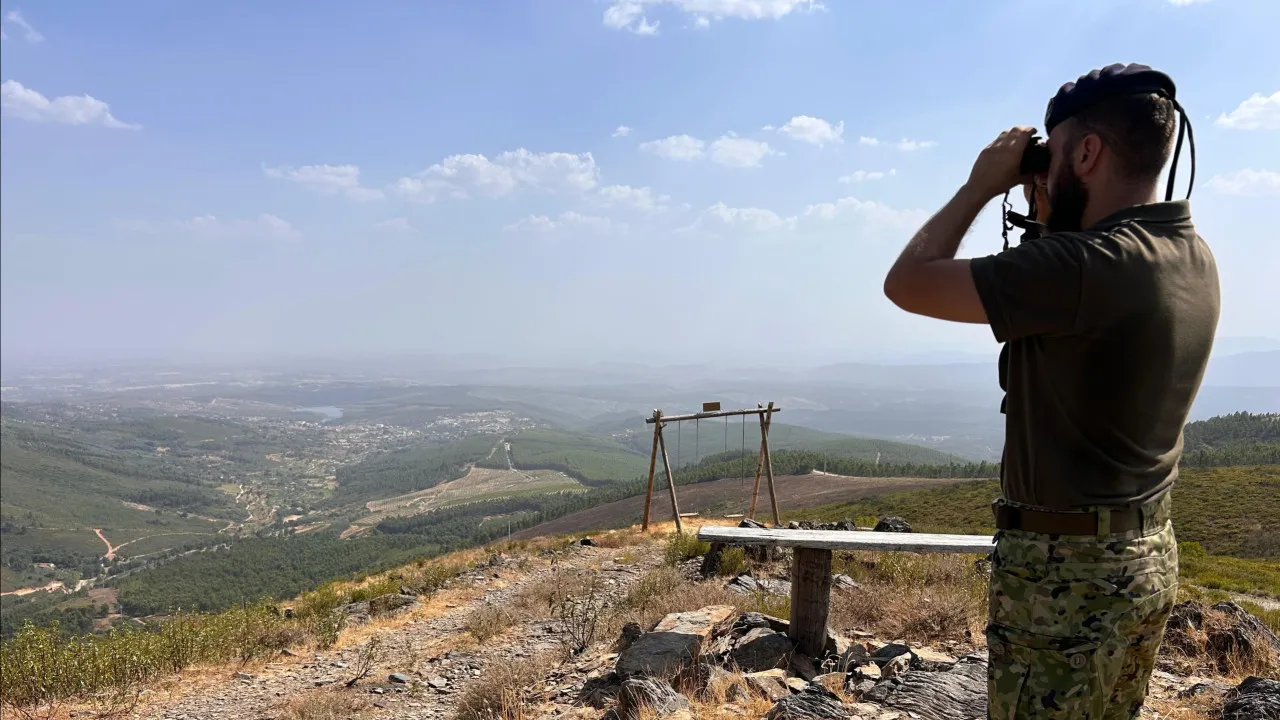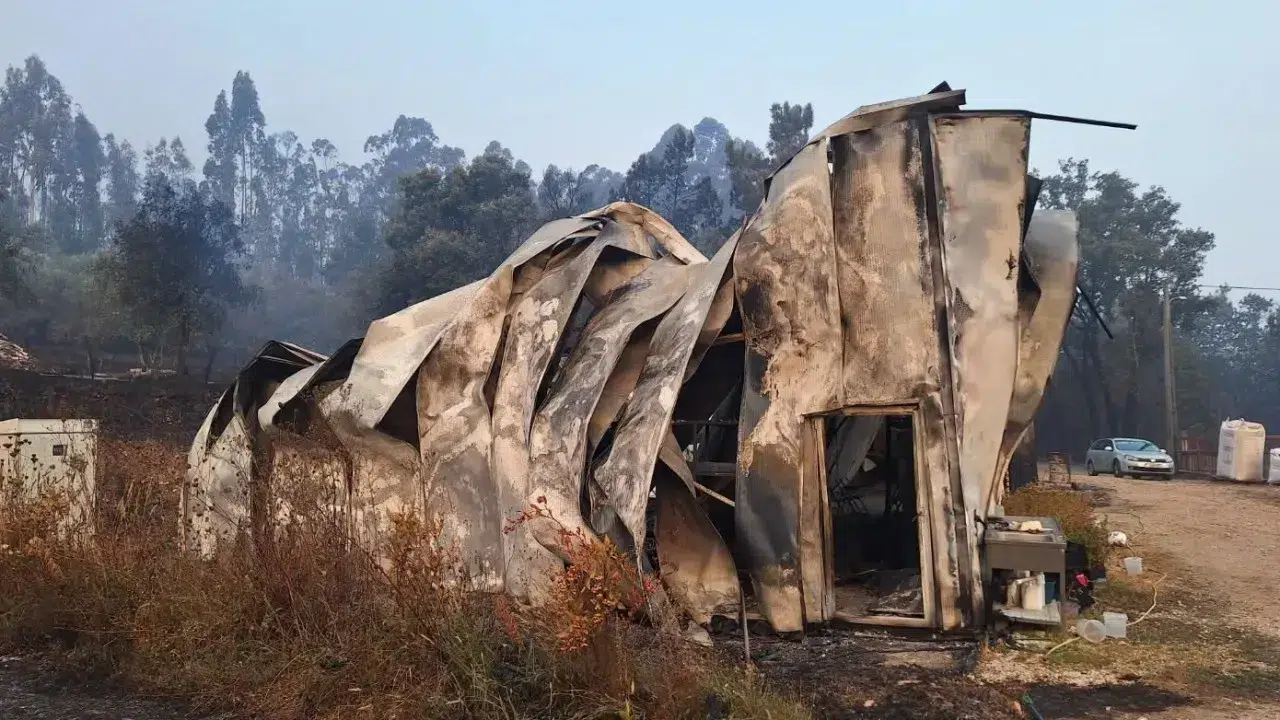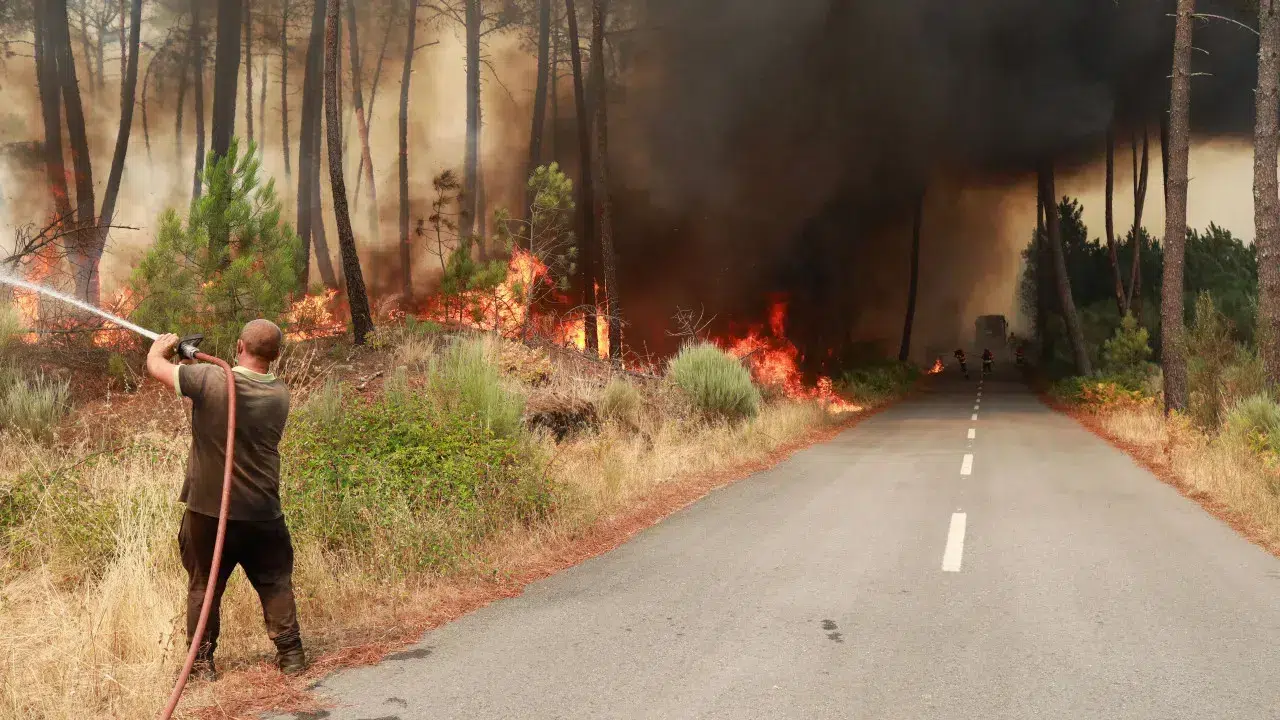
In a statement, the Portuguese Navy announced that this system has been operational since May 28.
Currently, the Portuguese Navy, through the Armed Forces General Staff, is part of the HEFESTO II plan supporting the National Authority for Emergency and Civil Protection (ANEPC). Its mission is to “ensure active surveillance and provide post-rescue support to Civil Protection in combating rural fires,” according to the statement.
The Navy “also strengthened the ANEPC’s resources” with a mixed platoon from the Marine Force, composed of marine commandos and personnel from other Navy sectors, ensuring 24-hour patrol actions with six vehicles, in the areas of Entre-os-Rios, Sabrosa, Penamacor, Celorico de Basto, and Moimenta da Beira.
In the REVELLES Plan, the Navy, in coordination with the National Republican Guard (GNR), has a mission to patrol and conduct preventive surveillance of forest areas, aiming to “detect potential fire sources early and deter risk behaviors.”
“For this purpose, the Navy deployed a platoon of marines with six vehicles, operating in the districts of Viana do Castelo, Braga, Porto, Aveiro, Coimbra, Leiria, and Santarém.”
According to the Navy, the FAUNOS Protocol, established between the Portuguese Armed Forces and the Institute for Nature Conservation and Forests (ICNF), includes carrying out “intensified patrols for surveillance and raising public awareness for fire prevention in national forests and designated forest perimeters.”
“In this regard, the Portuguese Navy actively contributes with three patrols, each consisting of three service members and a vehicle, deployed in three designated sectors, namely Almada and Arrábida, Sines, and Algarve,” the note states.
These operations, the military institution added, “underscore the importance and versatility of the Navy, highlighting its capacity to serve Portugal and its citizens in all types of missions.”




